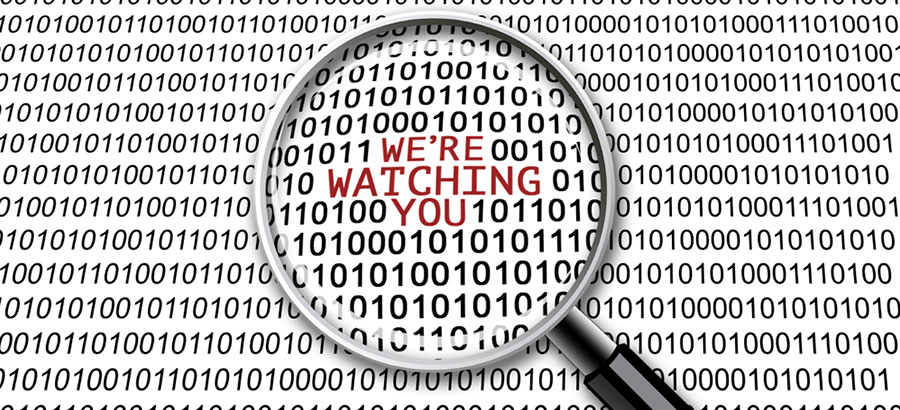- Advertising
- Bare Metal
- Bare Metal Cloud
- Benchmarks
- Big Data Benchmarks
- Big Data Experts Interviews
- Big Data Technologies
- Big Data Use Cases
- Big Data Week
- Cloud
- Data Lake as a Service
- Databases
- Dedicated Servers
- Disaster Recovery
- Features
- Fun
- GoTech World
- Hadoop
- Healthcare
- Industry Standards
- Insurance
- Linux
- News
- NoSQL
- Online Retail
- People of Bigstep
- Performance for Big Data Apps
- Press
- Press Corner
- Security
- Tech Trends
- Tutorial
- What is Big Data
US Government Expands Big Data Project Collecting Information on Civilians Without Search Warrants

In the US, one of the most solid protections against an overly aggressive or invasive government is the idea of the search warrant. Without a search warrant, law enforcement and government officials aren’t allowed to search a person’s private property, listen in on or record their phone calls, collect and read their emails, and other potentially obtrusive and evasive searches.
However, without their knowledge, any public debate, or even Congressional approval, the US government has been conducting warrantless surveillance on its private citizens and private industries. How did it start? How bad has it become? Is there any end in sight?
How Warrantless Surveillance in the US Began

After September 11, 2001, both the government and the American public was outraged at the attack levied against private citizens living and working in New York and Washington, D.C. Then President George W. Bush began allowing a warrantless wiretapping program in 2005. Congress passed its approval for this program in 2008, but added the specification that such warrantless wiretapping could only be used against non-US citizens and it couldn’t occur on American soil.
How Warrantless Surveillance Got Broader
Current President Barak Obama expanded the policy in 2009, which led to the NSA surveillance program called PRISM that was so notably outed by contractor Edward Snowden, who sought refuge for his whistle blowing in Russia.

In 2012, the program was expanded even further, via two top secret memos issued by lawyers with the US Department of Justice. The memos allowed the NSA to conduct warrantless surveillance of cyber signatures associated with hacking operations that are linked with foreign governments. However, recently discovered documents indicate that the surveillance program has been regularly used to track the communications and activities of hackers with no ties to foreign governments or hacking operations whatsoever.
The data collected as part of this government digital surveillance program does not just include the communications and activities of known and suspected hackers, but it also includes various private communications, trade secrets, and business intelligence collected on hackers’ targets and potential targets—in other words, private individuals and businesses.
Congress Puts the First Roadblock Up Against Warrantless Surveillance
When the extent of the surveillance and data collections (now undertaken by the FBI as well as the NSA) became known, Congress made the first solid move toward backing off warrantless surveillance since the attacks on September 11, 2001. The USA Freedom Act, subsequently signed into law by President Obama, limits such surveillance to searches for specifically requested information.
Don’t expect this to be the end of the matter, however, as both major political parties, the president, and various government agencies are still in discussions and disagreement regarding the Patriot Act, which allowed such surveillance to begin with. When conducting business with US interests, it’s safe to assume that at least some monitoring of communications and data transfer is underway.
Readers also enjoyed:

Interview with Paul Wilkinson on Construction's Adoption of SaaS


Leave a Reply
Your email address will not be published.